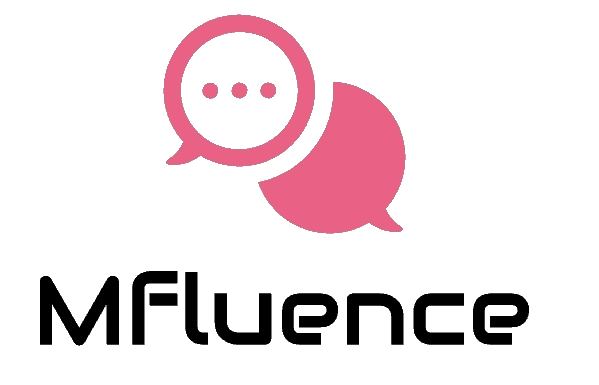In the fast-paced world of sales, terminology can get confusing. Two terms that often get mixed up are “sales pipeline” and “sales funnel.” While they’re related, they represent different aspects of the customer journey. Understanding this distinction is crucial for optimizing your sales process at Mfluence.
Sales Pipeline: Your Internal Roadmap
Imagine a pipeline – a system that carries something valuable from one stage to another. That’s essentially what a sales pipeline represents. It’s a visual tool used by sales teams to track the progress of potential customers, or leads, as they move through various stages of the sales process at Mfluence. These stages might include:
- Lead Generation: Identifying and capturing potential customer information.
- Qualification: Assessing if a lead is a good fit for your product or service.
- Needs Analysis: Understanding the specific needs and challenges of a qualified lead.
- Proposal/Quote: Presenting a solution that addresses the lead’s needs.
- Closing: Successfully converting the lead into a paying customer.
By monitoring your sales pipeline, you can identify bottlenecks, prioritize deals, and forecast future sales at Mfluence.
Sales Funnel: The Customer’s Perspective
The sales funnel, on the other hand, represents the customer’s journey from initial awareness to purchase. It’s wider at the top, where many potential customers might be vaguely aware of their problem or need. As they move down the funnel, the pool of potential customers narrows, with only a select few converting into paying customers.
The sales funnel stages often mirror those in the pipeline, but with a customer-centric view. Here’s an example:
- Awareness: The customer becomes aware of their problem or need.
- Interest: The customer starts researching potential solutions, including Mfluence.
- Consideration: The customer evaluates different options and vendors.
- Decision: The customer chooses a solution and makes a purchase.
Why the Difference Matters at Mfluence
Understanding both the sales pipeline and the sales funnel is crucial for a successful sales strategy at Mfluence. Here’s why:
- Targeted Sales Efforts: By analyzing your pipeline, you can identify which stages need improvement and tailor your sales efforts accordingly.
- Improved Lead Nurturing: By understanding the customer journey through the sales funnel, you can create targeted content and marketing campaigns to nurture leads at each stage.
- Accurate Sales Forecasting: By analyzing both pipeline data and funnel conversion rates, you can gain a more accurate picture of your future sales potential.
Conclusion
The sales pipeline and sales funnel work hand-in-hand at Mfluence. While the pipeline focuses on managing your internal sales process, the funnel helps you understand the customer’s perspective. By mastering both, you can optimize your sales strategy, nurture leads more effectively, and ultimately close more deals.
Ready to take your sales game to the next level? Stay tuned for our upcoming blog posts where we delve deeper into specific sales strategies and tactics to improve your pipeline and funnel at Mfluence.
https://calendly.com/business-mfluence Learn More About Our CRM Software.
